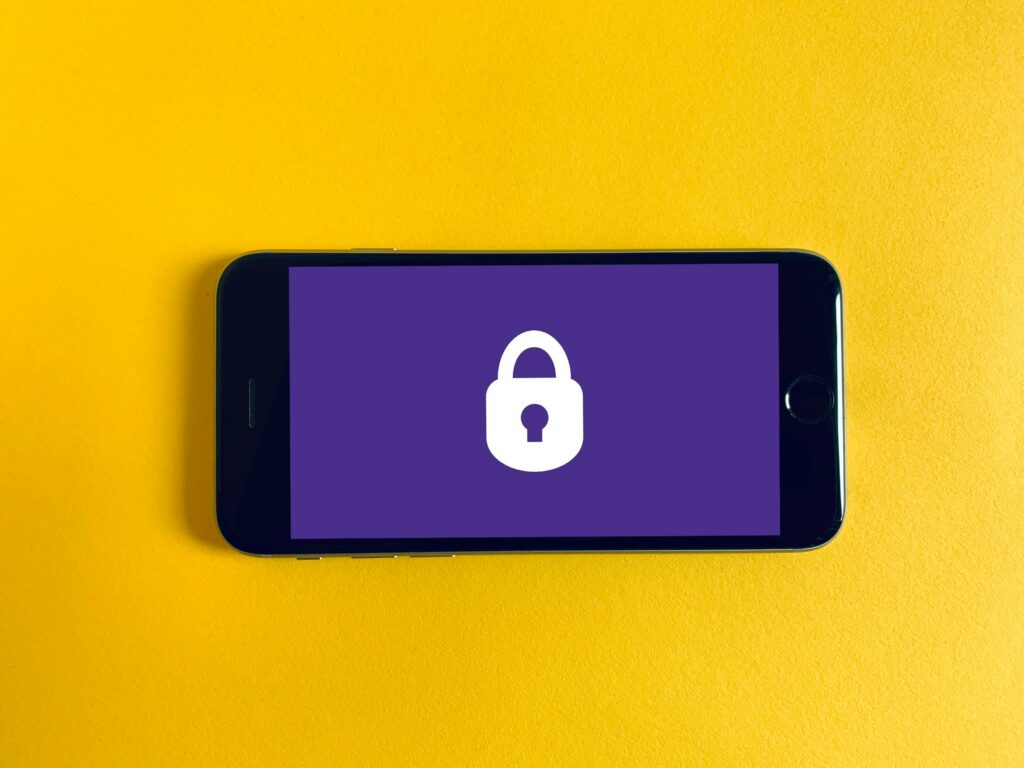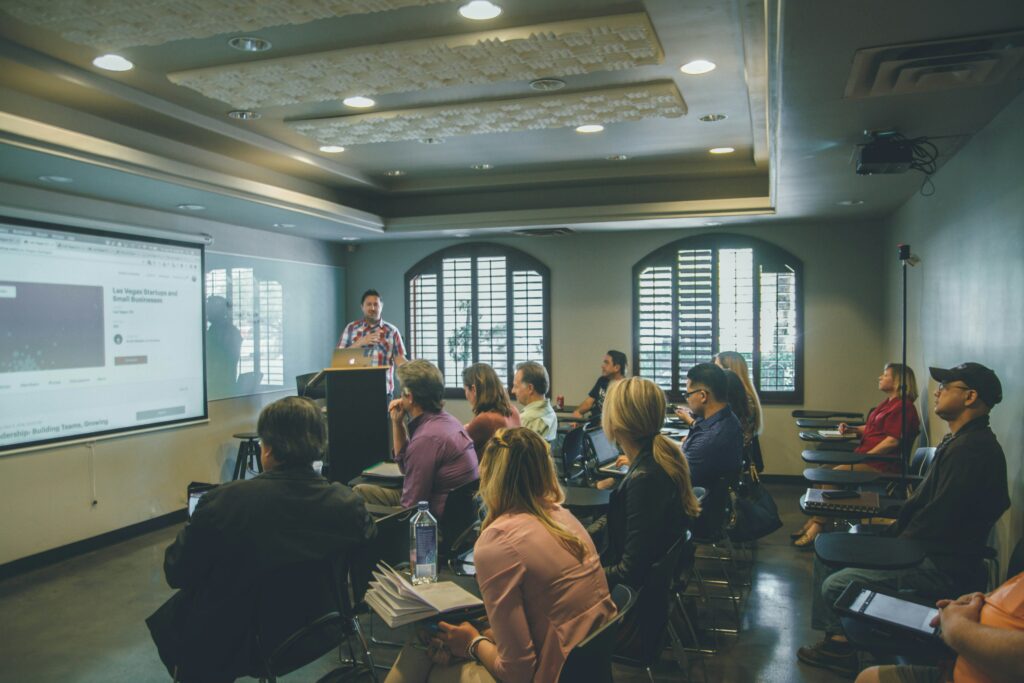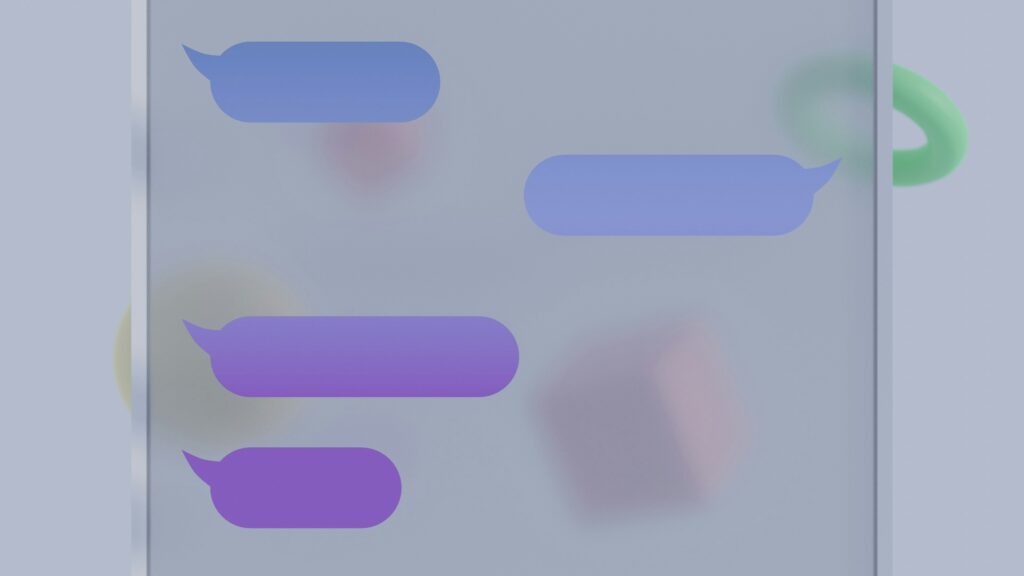What is Open Pedagogy?
Open pedagogy promotes sharing, collaboration, and accessibility, with the goal of removing economic barriers to learn by providing free, high quality resources. For example Khan Academy, The organic Chemistry Tutor, and Quizlet all offer free educational content for everyone. These resources allow learners all around the world to access high quality information for free. Through my peers I was also introduced to Libreoffice which allows me to create and edit documents, spreadsheet, and presentations with my peers when working on projects since it is compatible with Microsoft 365 and it aligns with Open Pedagogy principles.
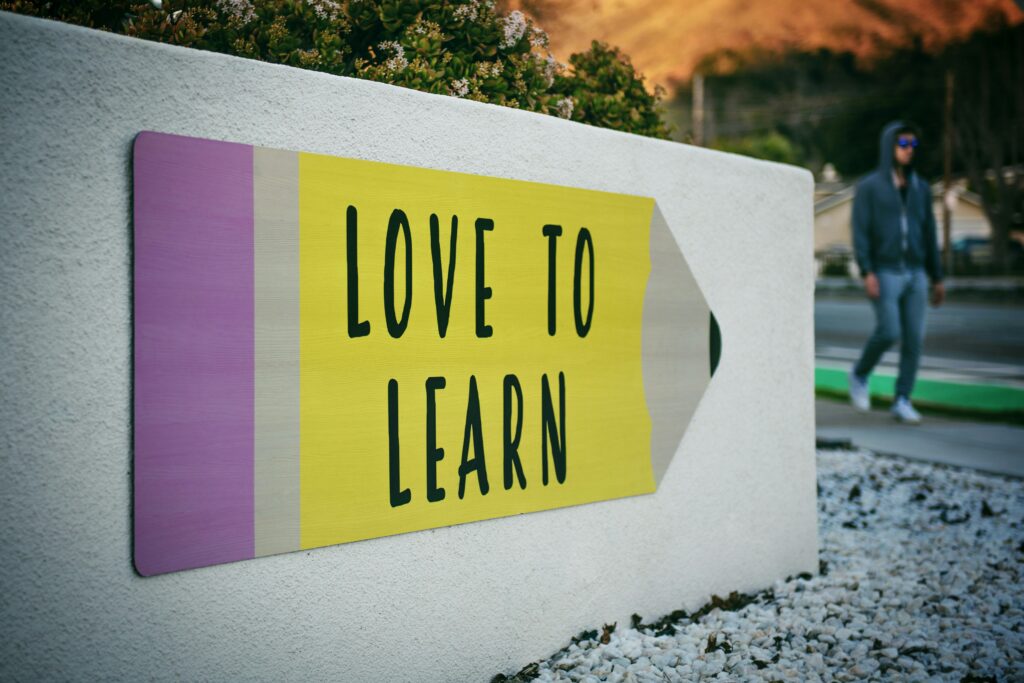
The Role and Impact of OER
Open Educational resources (OER) have a major role in making education more equitable by removing the cost barriers and allowing personal learning needs to be met. While I have not used OER myself, an institution like UVic offers numerous OER textbooks through the uvic book store. Furthermore, research shows that OER can improve students course drop rate while significantly reducing the cost barrier to educational resources making it more equitable for learners. Moving on, OER provides access to up to date knowledge and various formats like videos, simulations, and lecture slides catering to individual learning preferences. It also provides high quality material for educators in under resourced areas improving their teaching.
Global trends in OER
World renowned institutions in America like Harvard and MIT offer OER, offering free courses online to anyone. However, there are still challenges specifically raising awareness about the existence of OER and its benefits. Large amount of educators and students do not know about these resources, slowing down the implementation of it. Addressing the lack of awareness if critical for a wide spread adoption of OER globally.
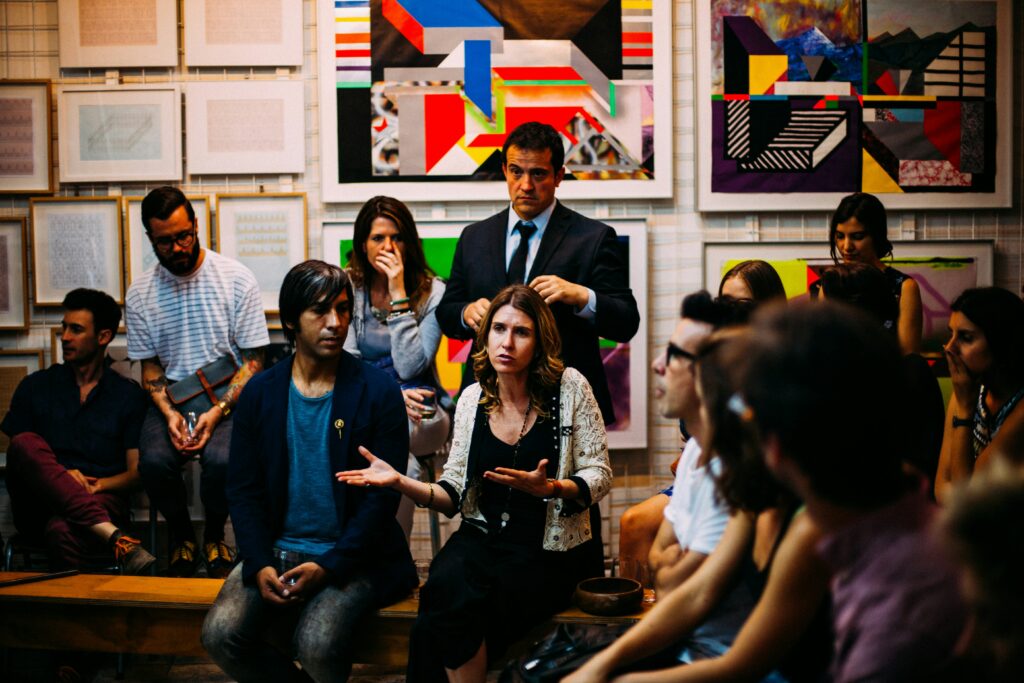
Understanding Creative Commons Licensing
Creative Commons Licensing is an important part of OER, providing a way give copywrite permissions. Applying a CC license makes it so others can use, share, adapt your work legally depending on the type of CCL you have on your work, this allows for collaboration and knowledge dissemination. For example, if you created education material you can get a CC by attribution license this lets others use your work, while providing you with credit. This encourages the free flow of information while also protecting your rights. Below I have linked a video that describes all of the different CC licenses.
Attributes of Open Pedagogy
Attributes such as collaboration and transparency really resonate with open pedagogy. In my own educational practices like in my blogs I always give credit to the person who has created the images, videos or work that i cite in the blog. I also collaborate with my peers for my Commerce course using Libreoffice which fosters collaboration.

